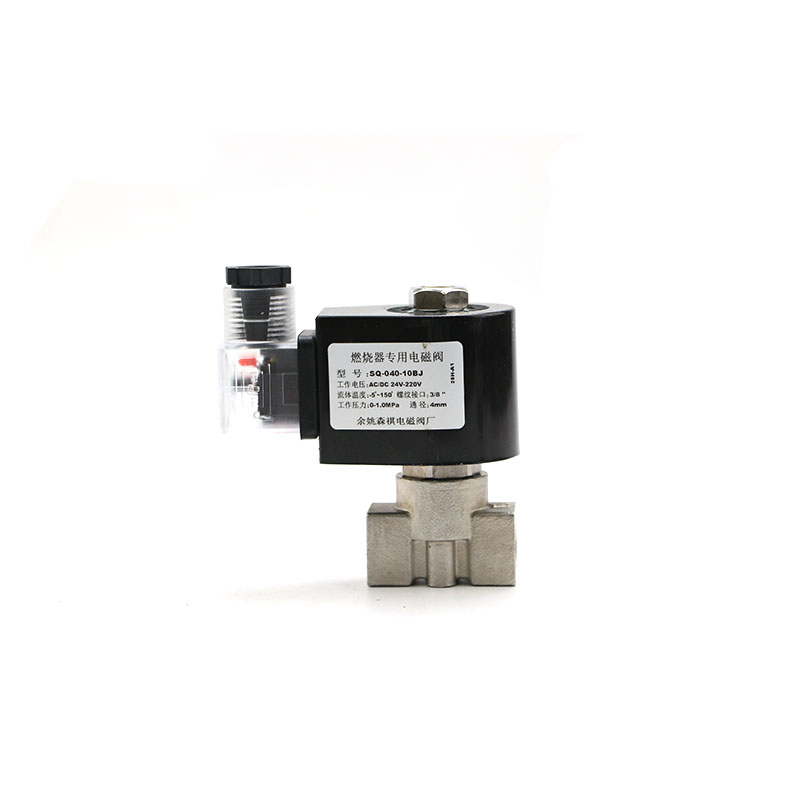In some occasions, such as ventilation, exhaust gas, flue, etc., the butterfly valve is the most economical and effective valve, but there are also some special applications. Both venting butterfly valves can be used, and the venting butterfly valve is a welding process, which is extremely cost-effective under large diameters. However, as long as the high temperature and high pressure solenoid valve is produced by the valve manufacturer, all valves have advantages and disadvantages, and there is no perfect valve. So what are the advantages and disadvantages of the ventilation butterfly valve?
Advantages of venting butterfly valve:
The heat-resistant ventilation butterfly valve is mainly based on high temperature resistance. Of course, the heat-resistant temperature is also related to the thickness of the steel plate and the material of the steel plate! For example, our company once supplied exhaust pipes to a power plant in Guangxi. Our company guarantees the use of 2520 high-temperature two-way steel welding! In addition, the structure of the ventilation valve is conducive to heat dissipation.
High cost performance means that the ventilation butterfly valve is very cheap, because the hydraulic solenoid valve coil ventilation butterfly valve requires low pressure in use, so the steel plate that is often used is much thinner than the casting! And this kind of production process is also omitted, so the cost performance is very high under the large caliber! We will also make suggestions based on the customer's usage.
Light weight generally has a characteristic on the vent pipe, assuming that the vent pipe is in the air! And the pipeline is not particularly thick. If a butterfly valve or gate valve is used, the volume and weight cannot be installed together. Therefore, at this time, customers and construction units hope that the valve model is smaller or lighter, so that it can be easily installed and saved. At the same time, the cost avoids safety accidents.
Defects of venting butterfly valve:
The airtight butterfly valve does not seal well, but the two-position three-way solenoid valve simply blocks the internal medium of the valve, and there is no way to completely close it! Only according to practice, we can slightly reduce the leakage of this kind of valve. Usually the leakage is 5% of the pipe diameter. Now we can achieve 1%-3%, because it is manually welded and cannot be accurately controlled.
High-pressure ventilation butterfly valves are only suitable for low-pressure occasions. Excessive pressure will affect the service life and safety of the valve. Generally speaking, it is best to keep the pressure below 1 kg as much as possible! More than a little bit can be used, but never exceed 2.5 kg, so as not to cause unsafe factors.











